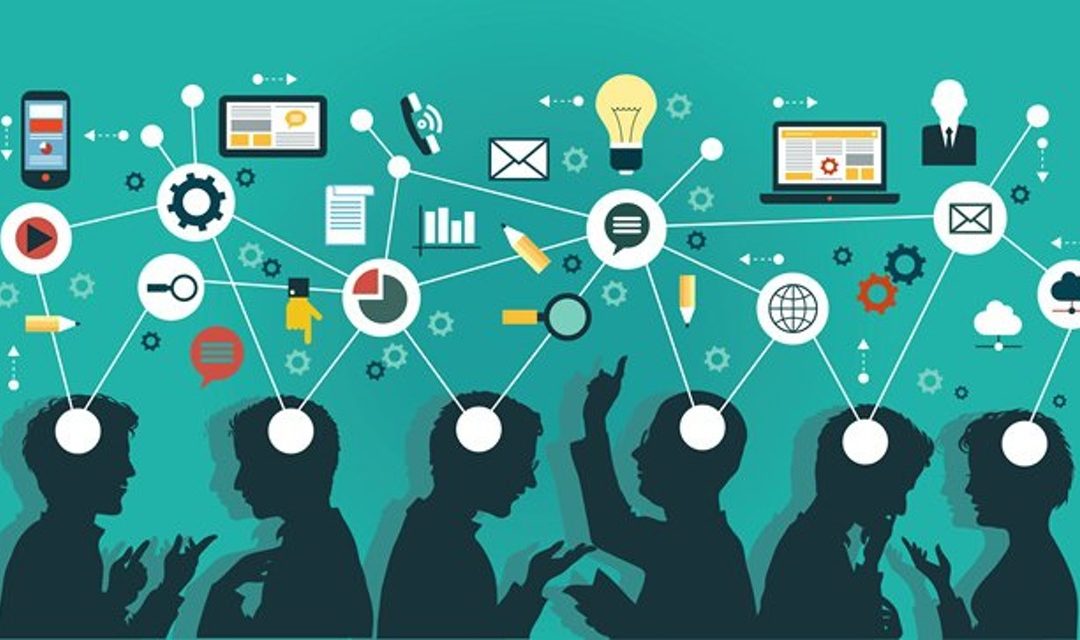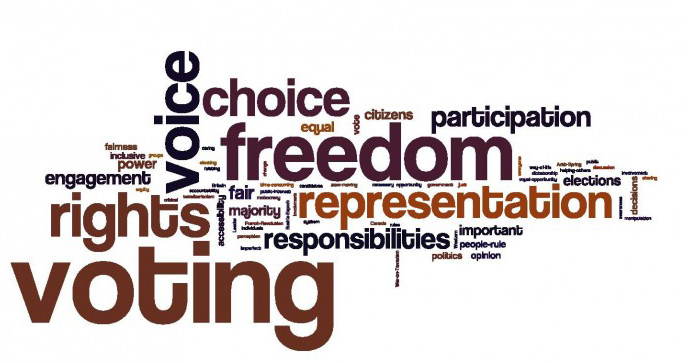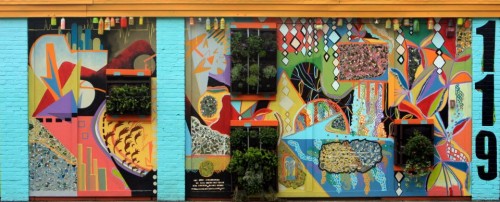
If we are lucky in life, we may find ourselves surrounded by a cadre of liked mind souls we call community. Over the course of a lifetime, we may find ourselves in many such communities of differing sizes, compositions, and interests. It can be near impossible to create a community, but it is possible to orchestrate the conditions that catalyze it. For me, the 119 Gallery was a cauldron of such catalytic forces. A dynamic space brought into being by alchemists Mary Ann Kearns and Walter Wright. The 119 Gallery has existed in many forms physical and virtual over its many decades, but it was its 10-year expression at 119 Chelmsford Street in Lowell, MA that was a creative community I was privileged to belong.
Mary Ann and Walter were two of the very first people I met in Massachusetts when I arrived here in 1995. I was then the education director at the now defunct Boston Film/Video Foundation. Walter and Mary Ann were local electronic art promoters/makers/evangelilsts connected to the Boston CyberArts Festival directed by George Fifield. George was then on the board of BFVF and was hosting a pre-festival gathering. It is there that I met Mary Ann and Walter. I did not know it then, but these two creatives at the founding of electronic arts were to spend almost three decades as hosts of an amazing creative community centered in Lowell, MA, but reaching far, far beyond.
Walter and Mary Ann had transplanted themselves and the then 911 Electronic Media Arts, Inc. from Indianapolis to the Merrimack Vallery about the same time I moved to Massachusetts. The 911 was the first to present art on the Internet and had existed virtually and physically. But in the early 2000’s, Mary Ann and Walter sought to move from their Chelmsford home to build out a new physical gallery space to house their expansive vision of the creative community as well as a new home. In 2005, they opened the renamed 119 Gallery to coincide with its new 119 Chelmsford Street address.
From 2005 to 2015, Walter and Mary Ann welcomed a variety of artists, performers, community members, neighbors, and those who didn’t even realize that they too could create and commune. If Lowell was riding the creative economy bandwagon, the 119 Gallery was an innovation hub where young and new creators could test and refine their expressions. With little to no paid staff, the 119 Gallery operated under what might be termed radical inclusion in the spirit of Burning Man. I’ve written on this blog before [post 1, post 2, post 3] about the organizational form of the 119.
What I haven’t written so clearly about is how Mary Ann and Walter invited others to co-create the 119 Gallery. Their far-reaching networks of artists and performers found a home at the Chelmsford Street 119 Gallery. It was quite common that these creators would be connected to more locally grown ones Walter and Mary Ann’s home above the gallery was often a makeshift hotel, hostel, impromptu workshop, meeting space, and rehearsal hall. They weathered the vagaries of living in an edge neighborhood including theft, bullets, more than one shattered glass door, random inebriates, and several of their cars smashed on the busy Chelmsford Street artery. But the 119 Gallery never ceased to be a vibrant space full of creative voices, sounds, and visions. But it was the people, the connection, and the community that attracted me and so many others.
Mary Ann and Walter have a way of welcoming in and ignoring boundaries. An audience member one day may find themselves performing electronic music another. The visual artist or sculptor may work with a dancer or musician. The neighborhood twenty-something may find their very first paintings in an exhibition when they didn’t even realize their work could be treated so seriously. The impetus is always to create and experience. In the tradition of other collectivist art movements and as descendants of Dada and Fluxus, Walter and Mary Ann brought these sensibilities to new creative digital tools and technologies.
The Chelmsford Street iteration of the 119 Gallery closed its doors in 2015. Ten years is not a bad run for a community arts organization in a culture that doesn’t really value the process or act of creating. While many of the creators still create, the community energy has dissipated. Mary Ann and Walter sold the 119 Chelmsford building in 2021. The old gallery space housed a folk music collective and eventually a number of commercial concerns. It is currently a shop selling fresh seafood.
Now, Walter and Mary Ann are pulling up stakes and moving to Virginia. It is Mary Ann’s home state and where the couple met many years ago. I will join in the celebration of their new adventure and well-wish these earliest of my Massachusetts friends. At the same time, I mourn the loss of the specific creative community they catalyzed. I leave you with a poem by Derek Fenner.
Some thoughts on the 119 Gallery
by Derek Fenner — April 10, 2012
119 is Walter and Mary Ann
119 is where art belongs
119 is what YOU make it
119 is a place you break bread and boundaries
119 is NOT a gallery/performance space; it is a community center
119 checks ego at the door
119 glorifies expression and communication
119 is all of us
119 is a place to join in the struggle to survive
119 is a venue of workers united in play
119 is a continuum where time never fails. How can time fail?
119 is people unrestrained
119 is NOT the dominant narrative type
119 is TRANSFORMATIVE through the creation of (a) shared story
119 says, “Don’t save the arts. Save the World with the arts.”
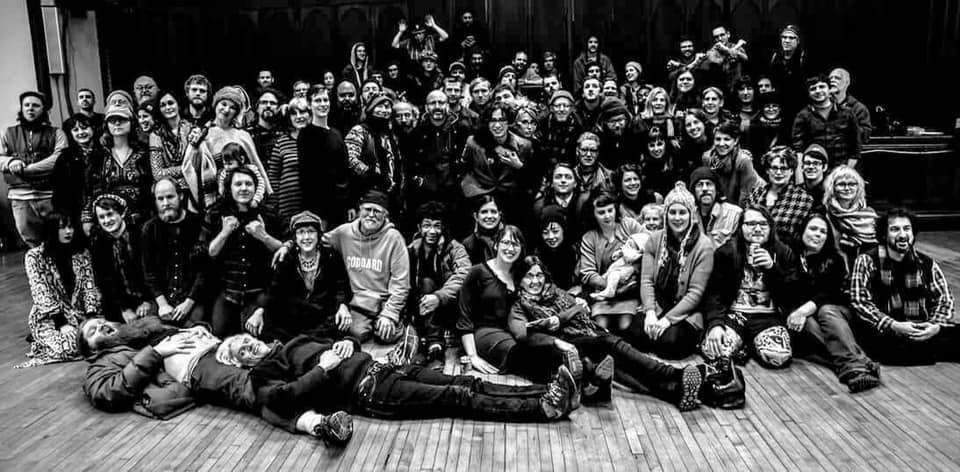

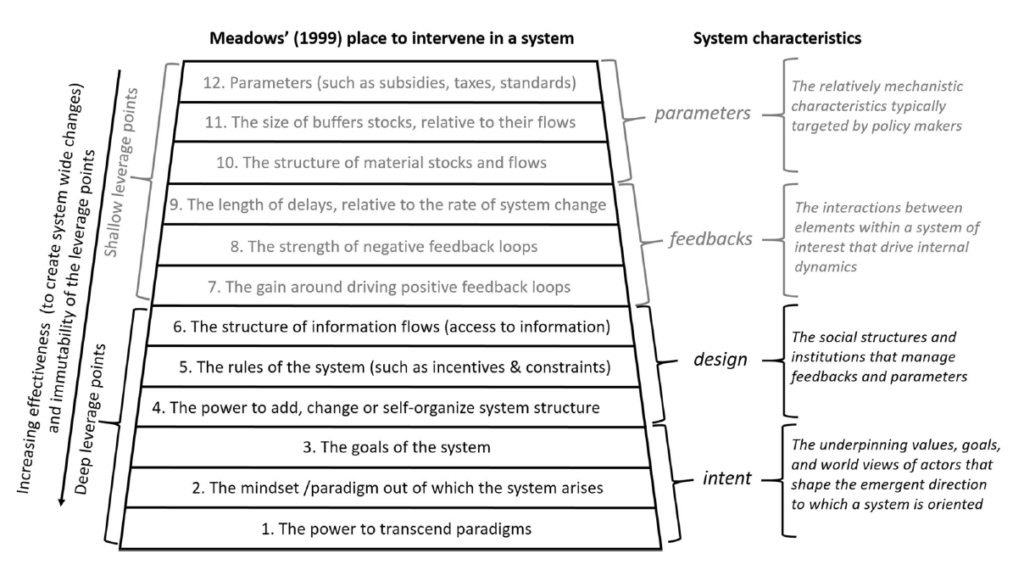


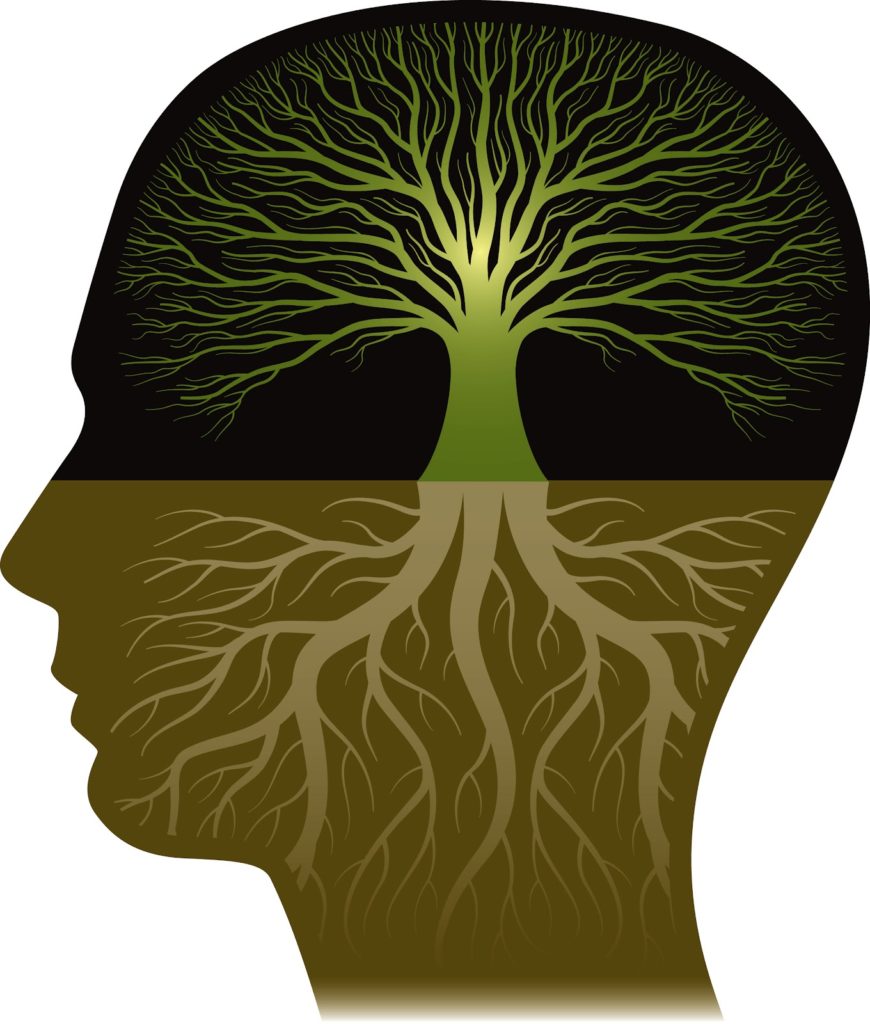

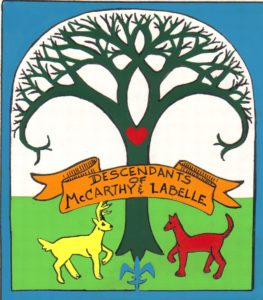 March 17th is not only St. Patrick’s Day, it also the day my mom was born. Happy Birthday Mom!!! Patricia McCarthy who later married a Sullivan. Seems like you can’t get more Irish than that. While my first name isn’t particularly Irish — my siblings, Kevin and Colleen, couldn’t bear more Irish monikers.
March 17th is not only St. Patrick’s Day, it also the day my mom was born. Happy Birthday Mom!!! Patricia McCarthy who later married a Sullivan. Seems like you can’t get more Irish than that. While my first name isn’t particularly Irish — my siblings, Kevin and Colleen, couldn’t bear more Irish monikers.